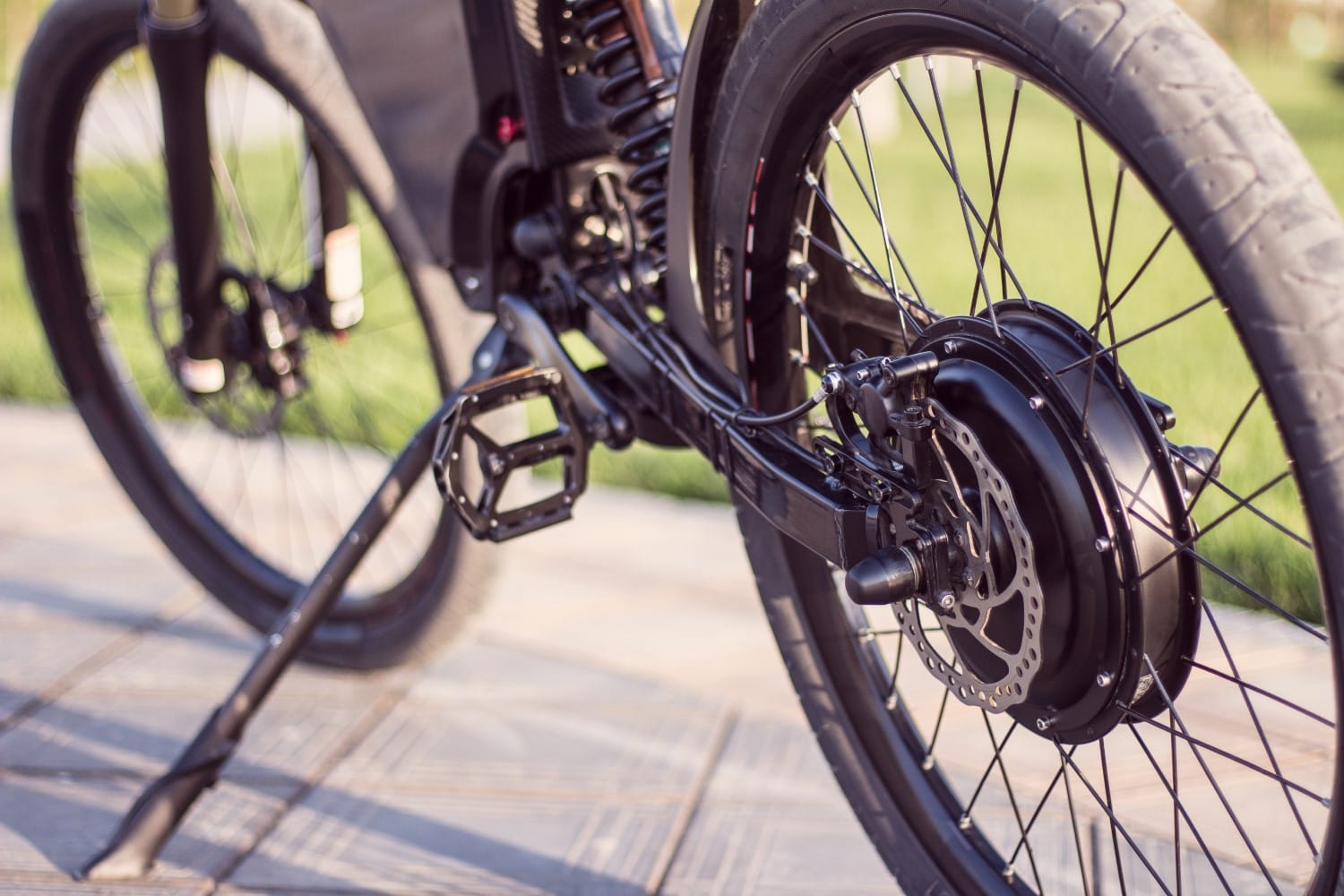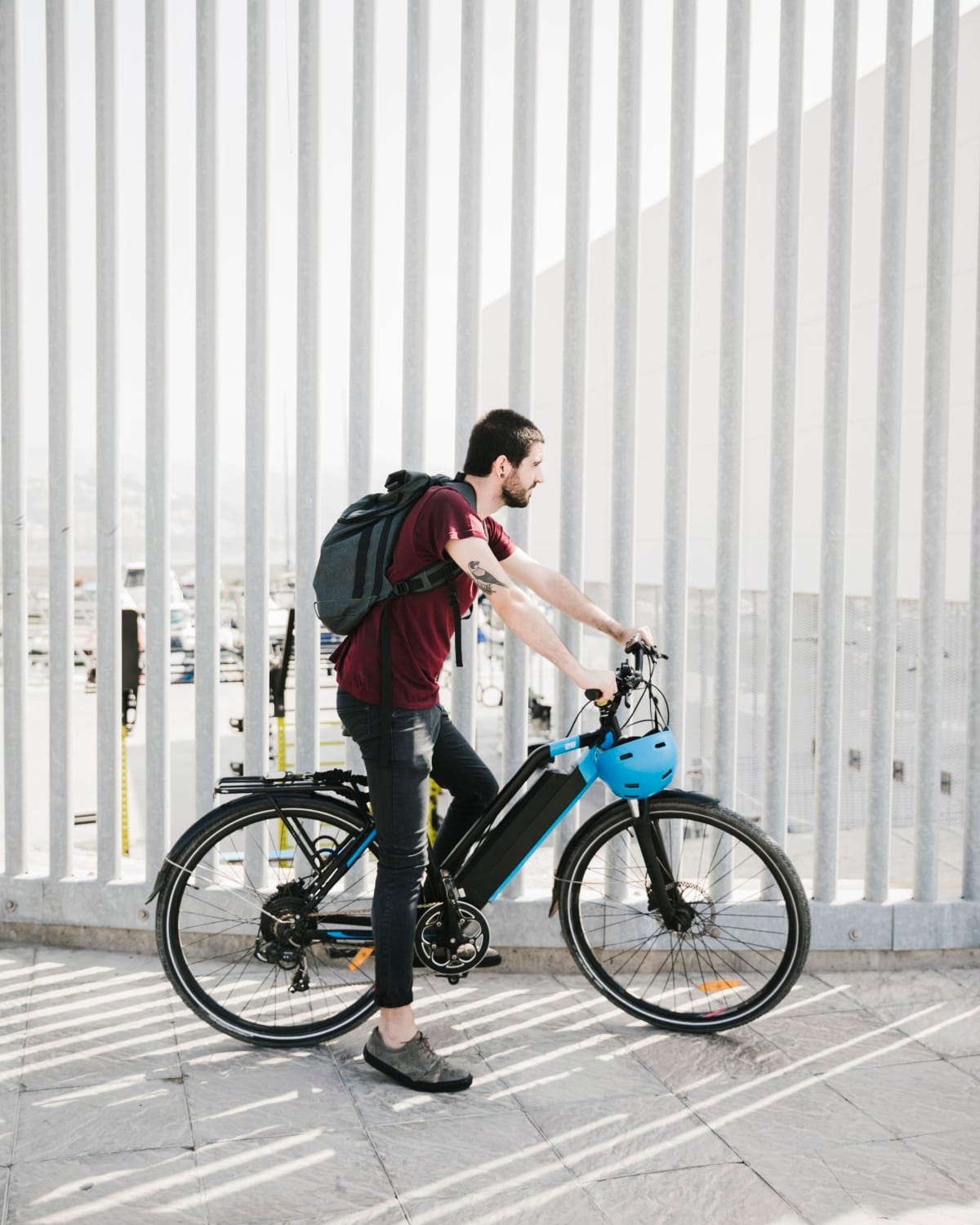Electric/Motorized, E-bike and Scooter Accidents Injury Law Firm in New York
212-540-HURTFREE CONSULTATION

Electric Scooter Accidents in New York: Legal Insights for Personal Injury Claims
In recent years, electric scooters and mopeds have become increasingly popular in urban areas like New York City, providing a convenient and eco-friendly transportation option. However, as their use grows, so do the risks associated with accidents involving these vehicles. If you’ve been injured in an electric scooter or moped accident in New York, understanding how these vehicles are classified under state law, and how that classification impacts your ability to claim certain benefits, is crucial.
Classification of Electric Scooters and Mopeds in New York
In New York, determining liability for a bus or taxi accident can be more complicated than in typical car accidents because these vehicles are typically operated by either private companies or government entities. The question of who is responsible for the accident will depend on various factors, including the cause of the accident and who was operating the vehicle at the time.
Electric Scooters:
- In New York, electric scooters are generally classified as bicycles if they are under a certain speed threshold (20 miles per hour or less) and have a motor with less than 750 watts (1 horsepower).
- These vehicles are often allowed to operate in bike lanes and on roads with lower speed limits, provided the rider follows specific safety guidelines such as wearing a helmet if under 18 years old.
- Electric scooters are often not subject to the same registration and insurance requirements as motor vehicles.
Mopeds:
- A moped in New York is typically defined as a vehicle with pedals and a motor or a motorized scooter that has a top speed of 30 miles per hour or less.
- Mopeds are classified as motor vehicles under New York law. As a result, they require registration with the New York Department of Motor Vehicles (DMV) and must carry liability insurance.
- Operators of mopeds are required to hold at least a Class M motorcycle license.
Motorcycles:
If the vehicle in question has a higher engine capacity and speed, it may be classified as a motorcycle, which involves different safety standards, license requirements, and insurance policies.
E-Bike Classifications: Key Differences and Legal Considerations
Electric bikes (e-bikes) have revolutionized urban commuting, offering a convenient, eco-friendly, and efficient way to travel. With various models and styles available, understanding the differences between the three main classes of e-bikes—Class 1, Class 2, and Class 3—can help you choose the right one for your needs. Additionally, knowing how these classifications impact the laws surrounding e-bikes, including where you can ride and whether you need a license or insurance, is crucial for both riders and anyone involved in an accident. Here’s a breakdown of each class and the legal aspects you should be aware of.
Class 1 E-Bike: Pedal-Assist Only, Max Speed 20 MPH
Class 1 e-bikes are designed for those who prefer a more traditional cycling experience with the added benefit of motor assistance. These bikes offer pedal-assist only, meaning the motor will only activate when you pedal, providing support to make pedaling easier.
- Maximum Speed: 20 mph
- Throttle: Not included; you must pedal to activate the motor
- Ideal for: Those who want a simple e-bike for commuting or recreational cycling without the extra complexity of a throttle.
Legal Considerations:
- Where You Can Ride: Class 1 e-bikes are generally allowed on bike lanes and multi-use paths, and in most areas, they do not require special licensing or registration.
- Insurance: Typically, Class 1 e-bikes do not require insurance, although it’s always a good idea to check local regulations or policies for potential coverage options in the event of an accident.
Class 2 E-Bike: Throttle-Activated, Max Speed 20 MPH
Class 2 e-bikes are equipped with a throttle that allows the rider to operate the bike without pedaling. This makes them ideal for those who want the motor to provide the power without needing to exert as much effort.
- Maximum Speed: 20 mph
- Throttle: Separate throttle, can operate without pedaling
- Ideal for: Riders who want the convenience of motorized travel without the need to pedal, especially for short trips or less physically demanding commutes.
Legal Considerations:
- Where You Can Ride: Like Class 1 e-bikes, Class 2 bikes can also be used in bike lanes and on most roads. However, some jurisdictions may have specific restrictions on where throttle-powered bikes can be used.
- Insurance: While insurance is not always required for Class 2 e-bikes, depending on local laws, it may be necessary if the bike is used in areas where registration and insurance are required for motorized vehicles.
Class 3 E-Bike: Pedal-Assist & Throttle, Max Speed 28 MPH
Class 3 e-bikes are the fastest and most powerful of the three. These bikes offer pedal-assist and may also feature a throttle, but the motor’s assistance is limited to speeds up to 28 mph. They are ideal for those who want speed and efficiency, often used for longer commutes or in places with less congestion.
- Maximum Speed: 28 mph
- Throttle: Includes both pedal-assist and throttle control, but the motor will stop assisting once you reach the maximum speed.
- Ideal for: Experienced riders looking for a bike that can replace a car for commuting, or for those who need to travel long distances at higher speeds without getting caught in traffic.
Legal Considerations:
- Where You Can Ride: Class 3 e-bikes are subject to stricter regulations than Class 1 or 2 bikes. They are typically not allowed on bike paths in some areas and may require specific local laws or permission to ride in certain places, such as parks or pedestrian areas.
- Insurance and Licensing: Depending on local laws, Class 3 e-bikes may require registration, insurance, or a special license, especially if the bike is used in high-speed areas or on public roads. Some cities may treat them like motorcycles, requiring additional regulations.
How E-Bike Classifications Affect Personal Injury Claims
The legal classification of your e-bike can play an important role in the event of an accident, especially when pursuing a personal injury claim. E-bike riders involved in accidents may be entitled to No-Fault benefits under New York law, depending on the specifics of the crash and the classification of the bike.
Operating a Registered ATV on Public Highway
You cannot operate an ATV on a public highway unless the highway has been designated and posted for ATV use (usually a short distance between off-road trails).
Vehicles That Cannot be Registered or Operated on New York State Sidewalks, Streets or Highways
- You cannot register or operate any of the motorized devices from the list below on any street, highway, parking lot, sidewalk, or another area in New York State that allows public motor vehicle traffic. You may be arrested if you do.
- Mini-bike – a small, motorized device with two wheels and created for off-road use. A mini-bike doesn’t qualify as a moped, a motorcycle, or an ATV.
- Off-road Motorcycle (Dirt Bike) – A motorcycle designed for use on off-road trails or in off-road competitions. Unless exempt, these vehicles must be registered as ATVs. See register an ATV for more information.
- Go-Kart – a small, motorized device with four wheels, created for off-road use. You can’t register a go-kart as a motor vehicle or ATV because a go-kart doesn’t have the same equipment.
- Golf Cart (also referred to as Golf Car or Neighborhood Electric Vehicle) – is a small motorized device with three or four wheels designed to carry people. You cannot register a golf cart as an ATV. Many low-speed vehicles are similar in appearance to a golf cart and can be registered and driven on New York State highways. For a low-speed vehicle to be registered in New York: it must meet federal motor vehicle safety standard 500 (49 CFR 571.500) its maximum performance speed must be certified by the manufacturer it must appear on the list of approved limited use vehicles
- Lawnmower – a self-propelled machine operated by a person in a seated or standing position originally or primarily designed for cutting grass on a lawn

Get Legal Help Today: Contact Our Law Firm for a Free Consultation
If you’ve been injured in a bus or taxi accident in New York, it’s important to consult with a knowledgeable personal injury attorney as soon as possible. The laws surrounding these types of accidents can be complexReach out today for a free consultation to discuss your case and learn more about how we can help you navigate the legal complexities of vehicle and traffic law.



